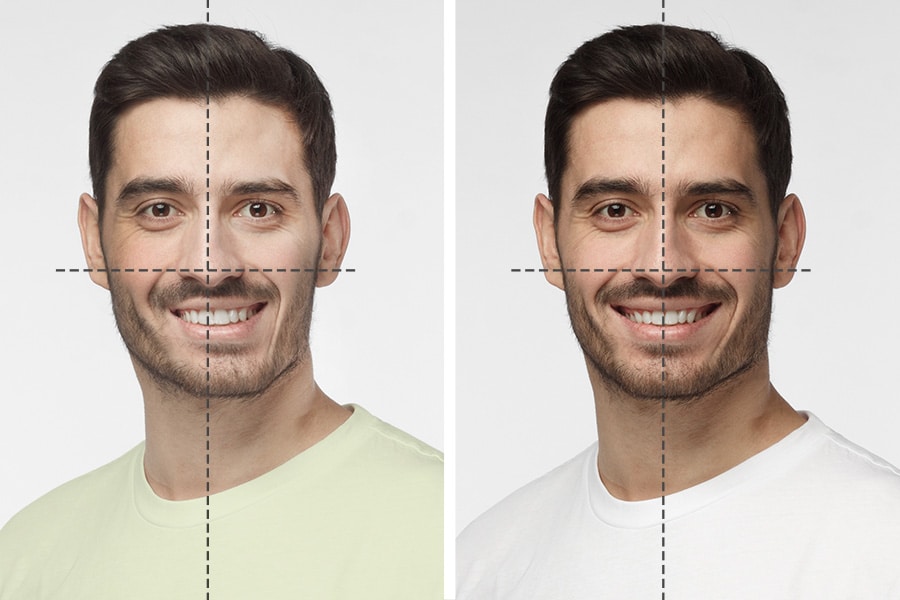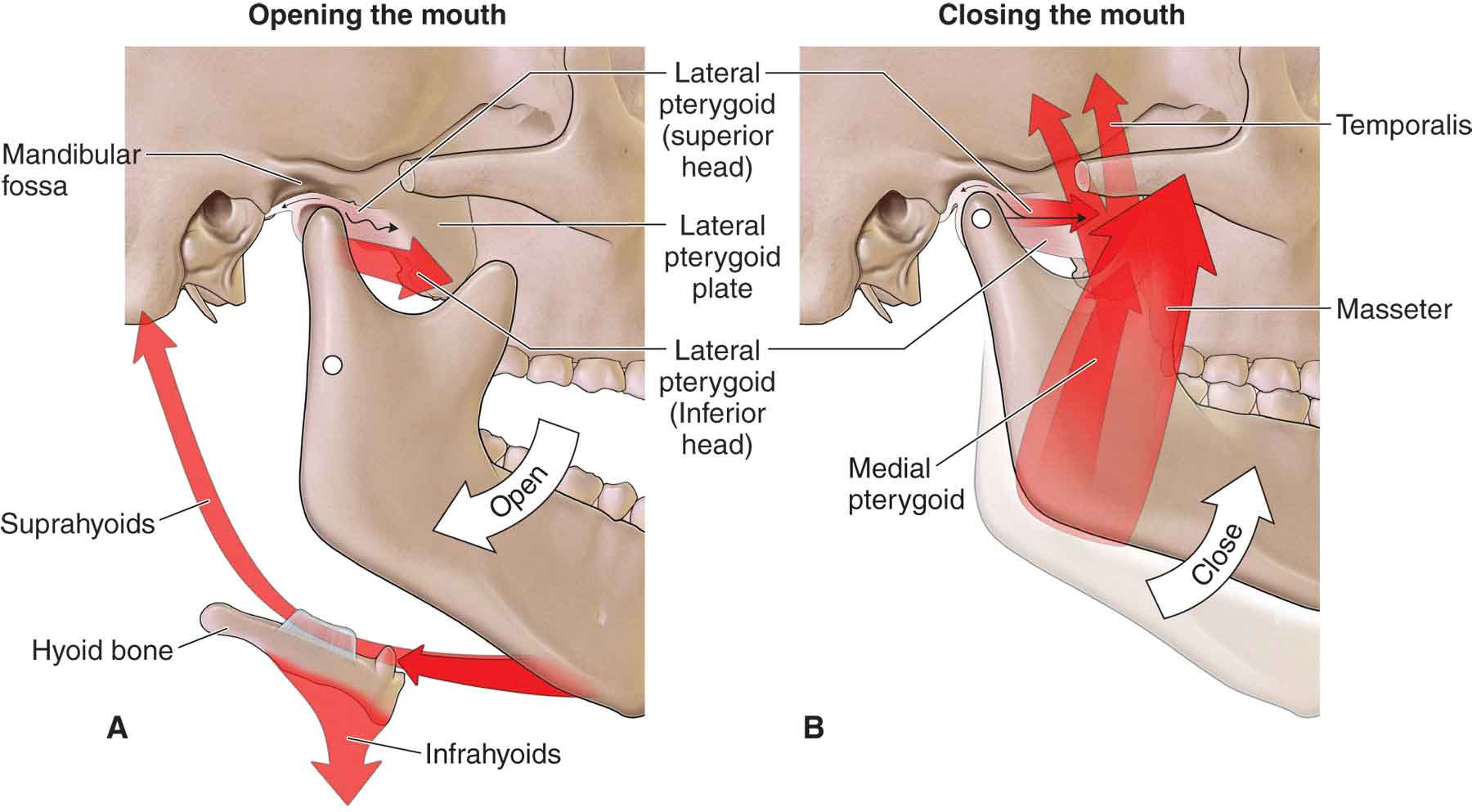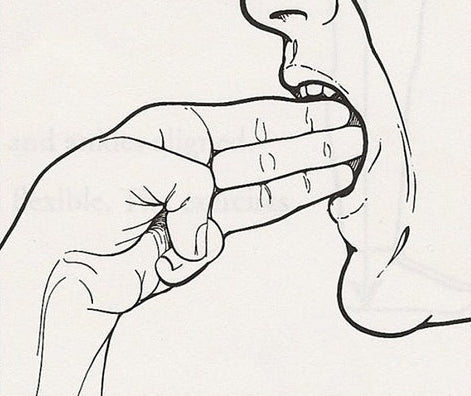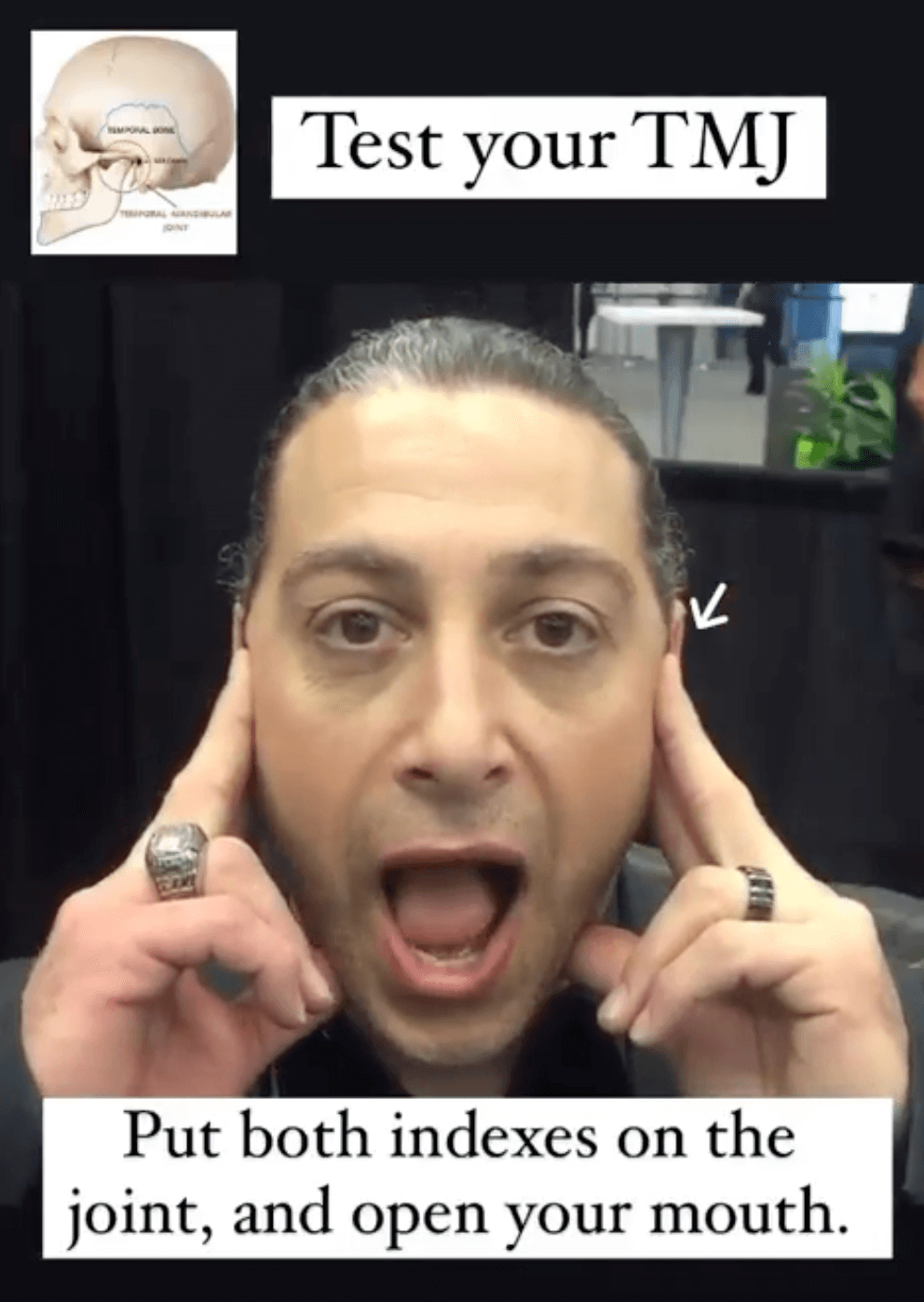Is Your Jaw UNBALANCED: Uneven Jaw: Causes, Treatment

Everyone’s face is unique, but have you ever wondered if your jaw is symmetrical? While a slightly unbalanced jaw is common and often unnoticeable, a significant imbalance can lead to various problems, both aesthetically and functionally. In this article, we’ll peel back the layers of this issue and explore the world of jaw balance.
Understanding Jaw and Posture
Our jaw, particularly the temporomandibular joint (TMJ), can significantly influence our posture. By the end of this article, you will be equipped with four simple tests to identify if your jaw might be the hidden culprit behind your postural imbalances.
The Temporomandibular Joint (TMJ)
Before we dive into the tests, let’s understand the basics. The jaw joint we’re discussing today is known as the temporomandibular joint (TMJ). This joint is where the condyle, a bone in the jaw, meets the temporal bone of the skull. If you place your fingers just in front of your ear and open your mouth, you’ll feel the condyle move. This movement needs to be smooth, with the condyle rotating forward and downward. If there’s an imbalance or tension in this joint, it can have repercussions on your overall posture.

Is Your Jaw Creating an Imbalance?
Test 1: The Three-Finger Test
To start, we’ll employ a simple self-assessment method. Take three fingers and try fitting them inside your open mouth. If this action causes pain, or if you find it challenging or find yourself squeezing your fingers to make them fit, this could be an indicator of TMJ issues.

Test 2: Cross Bite Examination
The second test revolves around identifying a ‘cross bite’. A cross bite occurs when the lower jaw deviates to one side, suggesting uneven tension in the jaw muscles. One side might be tighter while the other remains lax, causing the jaw to deviate either left or right. This isn’t merely a jaw issue. Because the lower jaw connects to the shoulders, a cross bite can translate to a forward projection of a shoulder or a posterior rotation of a glute. It essentially causes torsion in your body, creating imbalances, especially in the transverse plane.
Test 3: Missing Teeth and Lingual Dysfunction
Missing teeth, barring the wisdom teeth, can lead to what’s known as a lingual dysfunction. Every time you speak or swallow saliva, the tongue naturally fills the space left by the missing tooth. Over time, this creates imbalances since the tongue attaches to the hyoid bone, which is indirectly linked to the shoulder blade. The result? Potential rotations in the transverse plane and tilts in the frontal plane, leading to asymmetry in shoulder or hip height.
Test 4: Listen for the Noise
Lastly, a clear indicator of TMJ issues is any unusual noise when you open your mouth. Position your fingers on the condyle, as mentioned earlier, and listen as you open your jaw. If you hear cracking or screeching, it could mean your TMJ or meniscus is compromised.
If you’ve noticed one or more of the problems described above, your jaw could indeed be contributing to a postural imbalance. It’s essential to address any jaw issues not just for oral health, but for the overall structural balance of your body. Remember, everything is interconnected, and our body functions best when all parts are in harmony.
Solution for an unbalanced jaw: The best way to fix an unbalanced jaw is to improve tongue posture.
The Functional Activator is a mouthguard designed with dental surgeons to restore optimal breathing mechanics. It works by activating the natural physiological processes of the body, such as nasal breathing, chewing, and swallowing, which are not addressed by other devices. Its unique shape places your tongue tongue naturally and effortlessly at the top of your palate to promote the natural nasal intake of oxygen.
What causes an unbalanced jaw?
Various factors, including mouth breathing, trauma, birth defects, teeth misalignment, and certain habits, can contribute to an unbalanced jaw. Addressing tongue posture and oral health are crucial to prevent a jaw imbalance.
How can I check if my jaw is unbalanced?
Obvious signs include facial asymmetry, pain, difficulty in chewing, and TMJ disorders. You can also perform 4-Jaw Test Self-Testing for TMJ.
Can orthodontic treatments like braces help?
Orthodontic treatments often address the visible symptom of dental misalignment without targeting the root cause, which in many cases is poor tongue posture. Aligning teeth through braces and retaining their position with a lingual wire is a temporary solution. If the underlying tongue posture issue remains uncorrected, once the wire is removed, there’s a high likelihood of teeth reverting to their previous state, underlining the importance of addressing foundational issue.
What lifestyle changes can support a balanced jaw?
Adopting good tongue posture, avoiding detrimental habits like teeth grinding and mouth breathing, and maintaining regular dental check-ups can contribute to jaw health.

Check out Jaw and Body Connection online where we cover how the jaw affects your posture in much greater detail.

